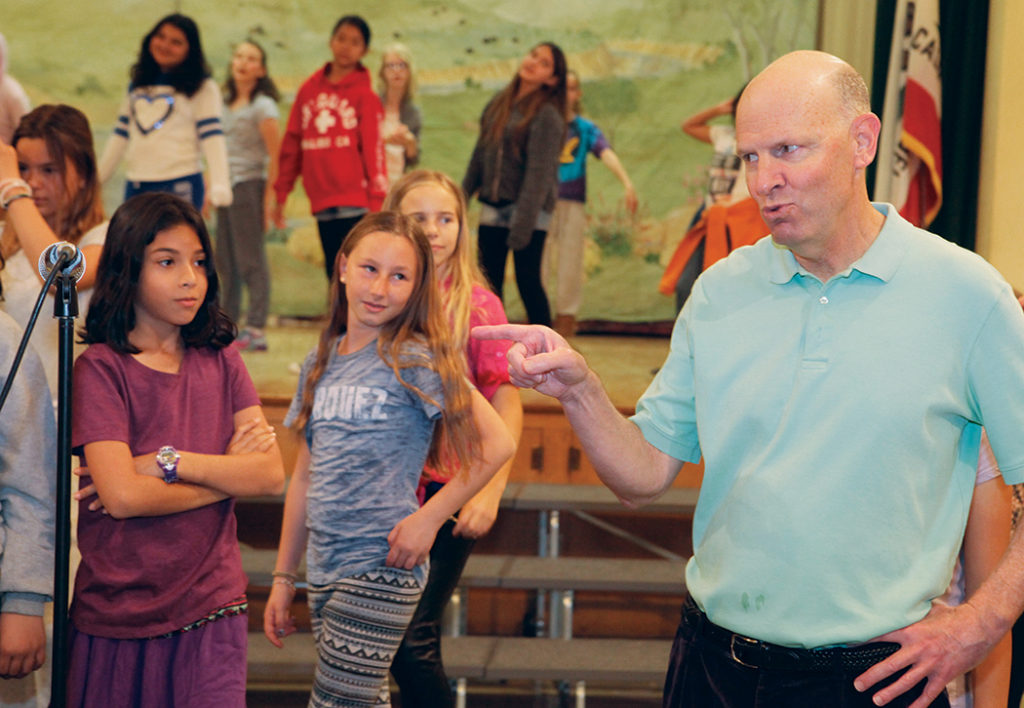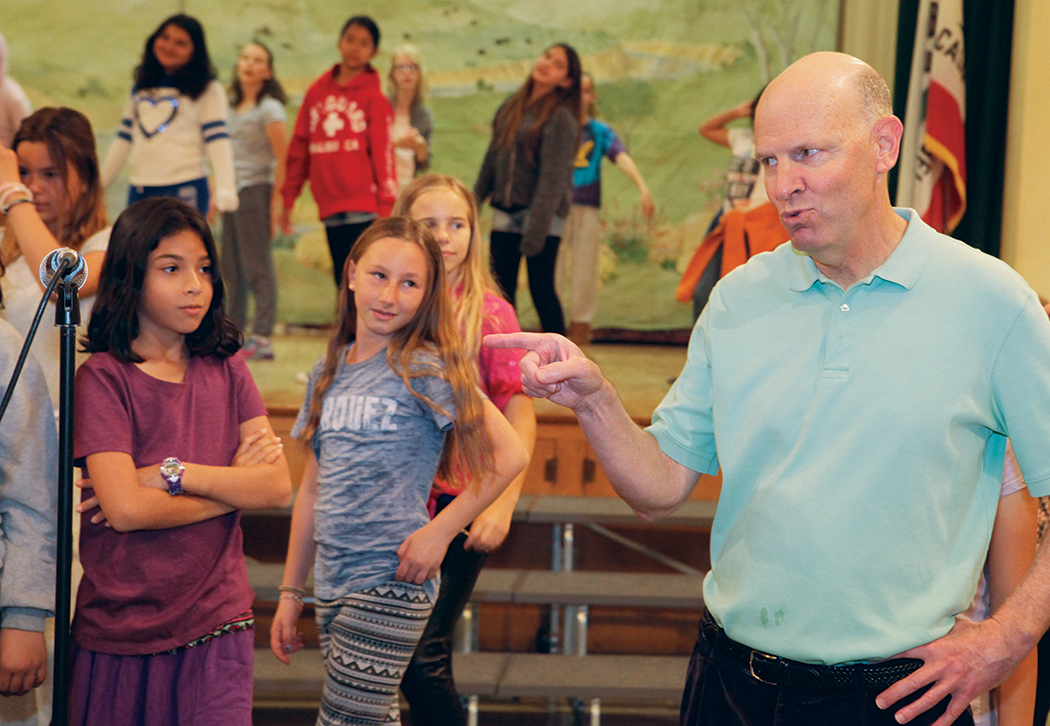By Jeff Lantos
Special to the Palisades News
In the early 17th century, when Native Americans first saw the gleam and heard the roar of French and English-made muskets, these frightening “fire sticks” became must-have technology. Never mind that the natives’ bows-and-arrows were more accurate and that 10 arrows could be fired in the time it took to load and fire one musket ball. Never mind that an arrow was a silent killer and the archer’s position could be concealed. The musket was new and could tear bark off a tree!
Native Americans began trading for these explosive weapons, and over time became expert marksmen. They stopped crafting bows and arrows and within a few generations their high-performing, artisanal weapon had become a cultural artifact.
Throughout history we’ve seen similar spasms of irrational acquisitiveness. What we’ve learned is that giving up the tried and true for the shiny and new can be problematic, especially in the long term. In the case of the Native Americans, their abandonment of the old ways meant they could be rendered helpless whenever the white man chose to cut off their supply of rifles and gunpowder.
Skip ahead to 20th-century Los Angeles, where a far-reaching mass transit system was gutted in favor of the new car culture. Now the average speed on the freeways is 17 miles per hour and billions are being spent resurrecting a fraction of the old trolley lines.

Photo: Bart Bartholomew
Now consider the kudzu-like spread of technology in our schools. In the late 1970s, executives at computer companies began convincing policymakers and education bureaucrats that new desktop computers could replace outmoded teaching models and “revolutionize” education in America.
There was no evidence that computers improved student achievement, but like muskets, this was new technology. School administrators spent heavily on them throughout the 1980s.
After Bill Clinton was elected president in 1992, his Panel on Educational Technology recommended that the “federal government spend between $6 billion and $28 billion each year on . . . computer infrastructure de- velopment, teacher training and research.”
According to Dr. Kirk Johnson at the Heritage Foundation, between September 1984 and September 1997, the number of computers in America’s K-12 schools increased eleven-fold to more than 8 million.
Still, Hewlett-Packard CEO John A. Young and Charles M. Vest, president of the Massachusetts Institute of Technology, urged Clinton to spend billions more. Today there are over 15 million digital devices in our classrooms. That’s about one for every three students.
What do we have to show for all this technology?
According to a 2015 International Student Assessment test,“school systems . . . with fewer computers [saw] larger educational gains, [and] 15-year-olds . . . who used computers more [than their paper-and-pencil peers] had both lower reading and lower math scores.”
In 2000, Dr. Johnson concluded that “Computers may not have the effect on academic achievement in reading that some might expect. Dedicating large amount of federal tax dollars to this technology could crowd out other worthwhile education expenditures on . . . new textbooks, music programs, vocational training and the arts.”
Johnson is no outlier. Diane Ravitch, former Assistant Secretary of Education, says that research to date shows that machine-based instruction is not helpful to children. She adds that, “the most valuable education emerges from live interactions between teachers and students.”
Longtime Yale University professor David Bromwich writes that a classroom that is “working well” is unlike “any other conversation or any other human encounter.” Listening “to the exchange of well-formulated thoughts . . . you learn a good deal that can’t be quantified, packaged or transmitted by an . . . impersonal medium, no matter how up-to-date, no matter how well engineered.”
Kristina Rizga, a journalist at Mother Jones who embedded herself at a San Francisco high school for four years, observed that “Some of the most important things that matter in a quality education—critical think- ing, intrinsic motivation, resilience, self-management, resourcefulness and relationship skills—exist in the realms that can’t be easily measured by statistical measures and computer algorithms, but they can be detected by teachers using human judgment.” Her book, Mission High, was based on her experience.
There’s no clear link between “computer-inspired engagement and learning,” says Randy Yerrick, associate dean of educational technology at the University of Buffalo. And when told that some school districts are spending five times more on technology than on textbooks, Larry Cuban, education professor emeritus at Stanford University, told writer Matt Richtel, “There is insuffiient evidence to spend that kind of money, period. There is no body of evidence that shows a trend line.”
After nearly three decades in the classroom, I have yet to see one example of a digital device doing a better job than I do teaching a lesson, reinforcing a concept, i spiring a student or provoking a discussion. Given that top-performing school systems in Singapore and Shanghai “are cautious about giving computers to students,” isn’t it high time teachers on every campus in this country have discussions about the perceived benefits of classroom technology? I propose that instead of parking kids in front of glowing screens for half of every school day, we take all digital devices out of elementary classrooms and move them to a lab where students go once or twice a week for typing, research, computer training and coding classes, a lab taught by a geek who actually knows more about the devices than the students do.
At the same time, let’s put books back in kids’ hands and allow time for close reading, discussion, debate and collaborative lear ing. Let’s put teachers back in front of the class and above all let’s keep in mind that while technology can augment the learning process, we don’t need technology to learn.
And with the billions saved by slashing tech budgets, let’s hire more music, drama and PE teachers, and what about poets, chess instructors and storytellers?
Professor Bromwich writes that public support for teachers “will continue only if—against the allure of the most seductive of technologies—we remind ourselves how much the contact between teacher and student can matter in the physical classroom.”
If we lose that support, creative, dynamic and innovative teachers will go the way of the bow and arrow.
(Editor’s note: Jeff Lantos taught fifth grade at Marquez Elementary for 22 of his 29 years in the classroom. He retired in June. A Brown University graduate, he was known for his innovative teaching methods that included learning American history by performing.)












You must be logged in to post a comment.